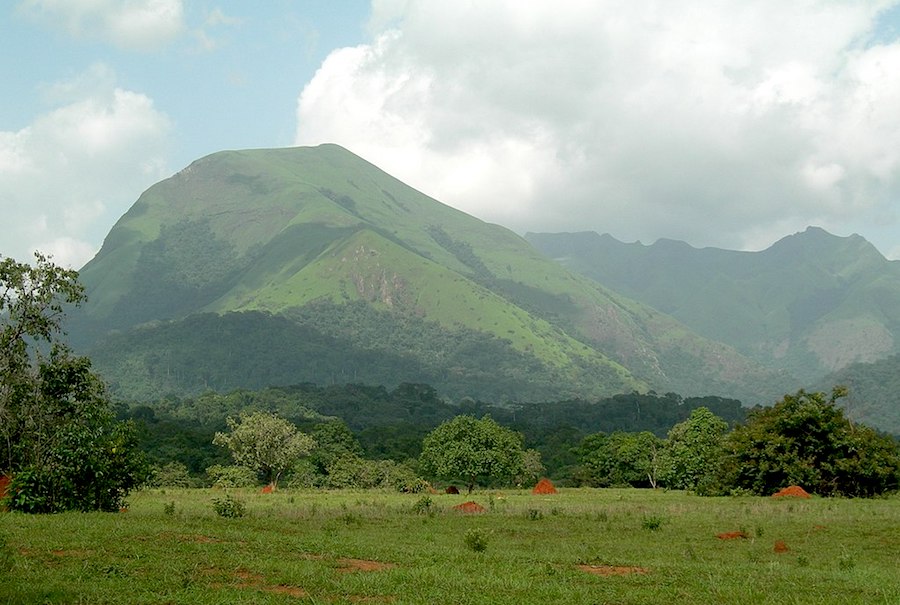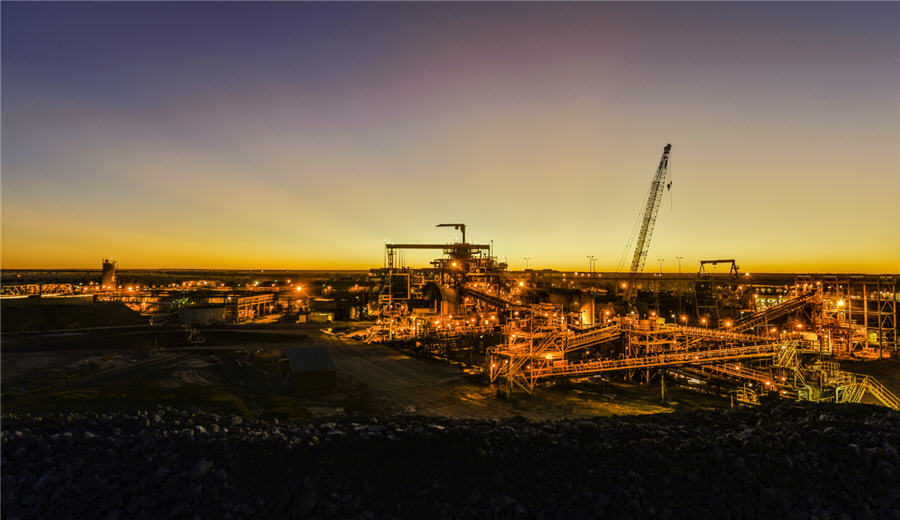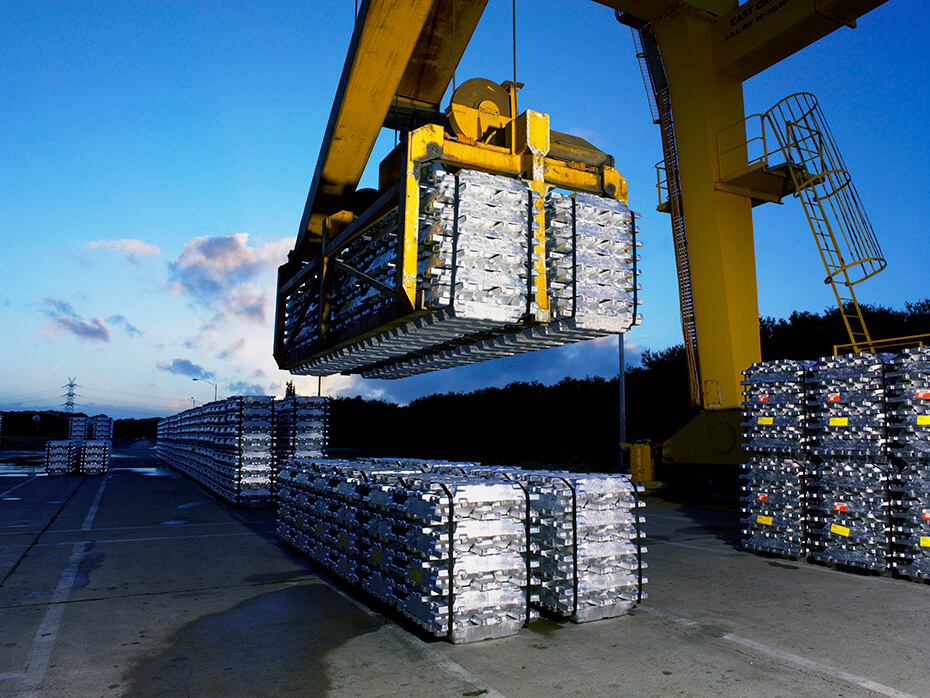The race is on for iron ore riches buried under an African jungle

For years, the massive iron deposits under Guinea’s mountainous jungle were practically forgotten by the mining industry. Caught up in wrangles between owners and authorities in the West African nation, it seemed the super-rich ore might never be dug up.
That all changed last year, as investors from billionaire promoter Robert Friedland to legendary dealmaker Mick Davis converged on the country in a modern day resource rush. For the first time in years, projects like Simandou—Guinea’s crown jewel deposit—might finally be developed.
That would have huge implications for both Guinea, which is facing political upheaval as President Alpha Conde pushes for a third term, and the global iron ore industry. The new tons threaten to arrive just as steel demand is cooling, and the high-quality iron ore buried in Guinea will pile pressure on existing miners.
Here’s a run-down on the biggest names circling Guinea’s iron ore riches:
The bauxite tycoon: Fadi Wazni
The story: Wazni is chairman of the SMB-Winning consortium, a group that’s rapidly developed a bauxite mining business in Guinea in just half a decade. It’s won the right to develop parts of Simandou, but it will require a lot of money to make it happen.
The plan: The group plans to eventually mine 100 million tons a year—making Guinea the world’s third-biggest iron ore shipper, behind just Australia and Brazil. The plan will require spending of $14 billion.
The catch: An initial $8 billion project, including a 650-kilometer railway stretching across the country, still needs to be financed. Nonetheless, Wazni says the company plans to start work on the rail as soon as April and is in talks with partners for funding.
“The SMB consortium have transformed the bauxite market in a matter of two years,” said Tyler Broda, an analyst at RBC Capital Markets. “This is a big deal. This is something that can significantly change the dynamic for iron ore.”
The mining legend: Mick Davis
The story: The former Xstrata CEO was one of mining’s most successful operators and dealmakers, but struggled to re-establish himself since selling to Glencore Plc.
The plan: Davis’s Niron Metals is studying development of the Zogota iron ore mine, a smaller project that could produce about 20 million tons a year. An assessment of the mine’s economic viability is expected to be completed soon.
The sweetener: Davis has already agreed on an export route through Liberia with both governments.
“Mick’s involvement rang a bell,” said Marcos Camhis, whose private equity fund owns 25% of Niron. “This market is now open, serious people are looking at it again.”
The billionaire promoter: Robert Friedland
The story: Friedland has been involved in some of the biggest mining discoveries in the past three decades. In September, Friedland’s High Power Exploration Inc. won rights to develop the Nimba deposit.
The plan: HPX plans to build a “starter” mine of 1 million to 5 million tons per year as quickly as possible, while feasibility studies are being completed for an expanded operation of at least 20 million tons annually.
“Mr. Friedland certainly has the track record and reputation to garner investment interest,” said Ben Davis, an analyst at Liberum. “But this will certainly be a stretch.”
The miner: Rio Tinto
The story: Rio Tinto owns the other half of Simandou not controlled by SMB.
The latest: Rio has begun looking at new ways to develop the mine, with a focus on options to export ore out of the country. Wazni says he’s had talks with Rio and sees it as a natural customer for his rail line.
The dilemma: The SMB plans pose a challenge for Rio. A rival developing the deposit will threaten its position as one of the largest producers. Yet shareholders are unlikely to welcome any plans to pour billions of dollars into Guinea.
“Rio is completely in a dilemma,” said RBC’s Broda. “It doesn’t make sense for them to put more tons into the market just to protect their market share.”
(By Thomas Biesheuvel)
More News
South32 posts lower third-quarter manganese output
The world's biggest producer of manganese ore produced 476,000 wet metric tons last quarter.
April 16, 2025 | 03:48 pm
Alcoa reports $20 million tariff hit on imports from Canada
April 16, 2025 | 03:42 pm
{{ commodity.name }}
{{ post.title }}
{{ post.date }}




Comments